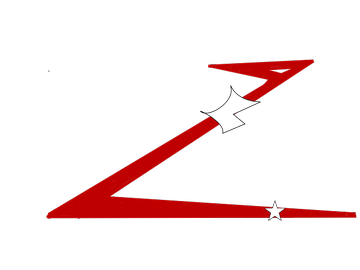La base di Chofu - Myouth - Ricordi degli anni '70
Menu principale:
La base di Chofu
Modellismo > Aerei > Kawasaki Ki-61-3 Hien "Tony"
La base di Chofu
Stemma del 244° Sentai (Fighter Regiment)

Chofu Airport
Chofu Airport (調布飛行場, Chōfu Hikōjō) is an minor airport located inside Tokyo Metropolitan Area at northwest of Chōfu. Just a bit positioned at west from Tokyo centre, its 800 square meters of asphalt surface are surrounded by 5 beautiful travellers spots: Musashino Park, Nogawa Park, Mitaka area, Osawa ground and Tokyo Stadium (best known as Ajinomoto stadium).
History
Tokyo Chofu Airfield was opened in 1941 to provide air defense against USAAF B-29 Superfortress attacks, equipped with Kawasaki Ki-61 Hien “flying swallow” fighters (10th Hiko Shidan).
The units assigned to the 10th Hiko Shidan included the 244th Hiko Sentai (Fighter group), then commanded by Captain Takashi Fujita, who organised a ramming flight called "Hagakure-Tai" ("Special Attack Unit"), which was composed out of volunteers from the three Chuatai (squadrons) of the 244th: the 1st Chutai "Soyokaze", 2nd Chutai "Toppu", and the 3rd Chutai known as "Mikazuki".
Three pilots of 224th in Chofu were the first recipients of the Bukosho, Japan's equivalent to the Victoria Cross or Medal of Honor, which had been inaugurated on 7 December 1944 as an Imperial Edict by Emperor Hirohito (there are 89 known recipients, most of whom fought and scored against B-29s) A number of Ki-61s were also used in Tokkotai (kamikaze) missions launched toward the end of the war.Tokyo Chofu Airfield is become famous during ww2 for presence of Major Teruhiko Kobayashi JAAF's youngest Sentai commander (Ki-61-I-Hei, s/n 4024.).
Captain Kobayashi flight ace inside 224th had text on the fin of his aircraft as his message “ We must win” in Japanese kanji letter becoming a sky legend.
As the end of the war drew closer, the Japanese increasing prepared their homeland for an expected invasion. Thirty concrete hangars were constructed in 1944 to protect the “flying swallows”.
Today two airplane bomb shelters are visible to visitors as a monument named Wartime Concrete Aircraft Hangars “OHSAWA 1 & 2′′
Today: Airline and Fleet
Main commercial activity for this airport is commuter flights to the islands south of Tokyo and return. The airline name is New Central Air service Corporation which it operates domestic services to the 4 izu islands: Kōzushima, Miyakejima, Niijima, Oshima.
The Izu Islands ( 伊 豆 諸 島 Izu-shoto) stretching south from the Izu Peninsula are a group of volcanic islands that administratively all part of Tokyo Prefecture. They form a widely distributed archipelago of over thirty (30) islands some 1,000 km due south of Tokyo.
Credits: Taiken.co
Home Page | Modellismo | Topolini | Altri Disney | Linus | Asterix | Diabolik | Giornalini di guerra | Western | Riviste | Romanzi | Mappa generale del sito






